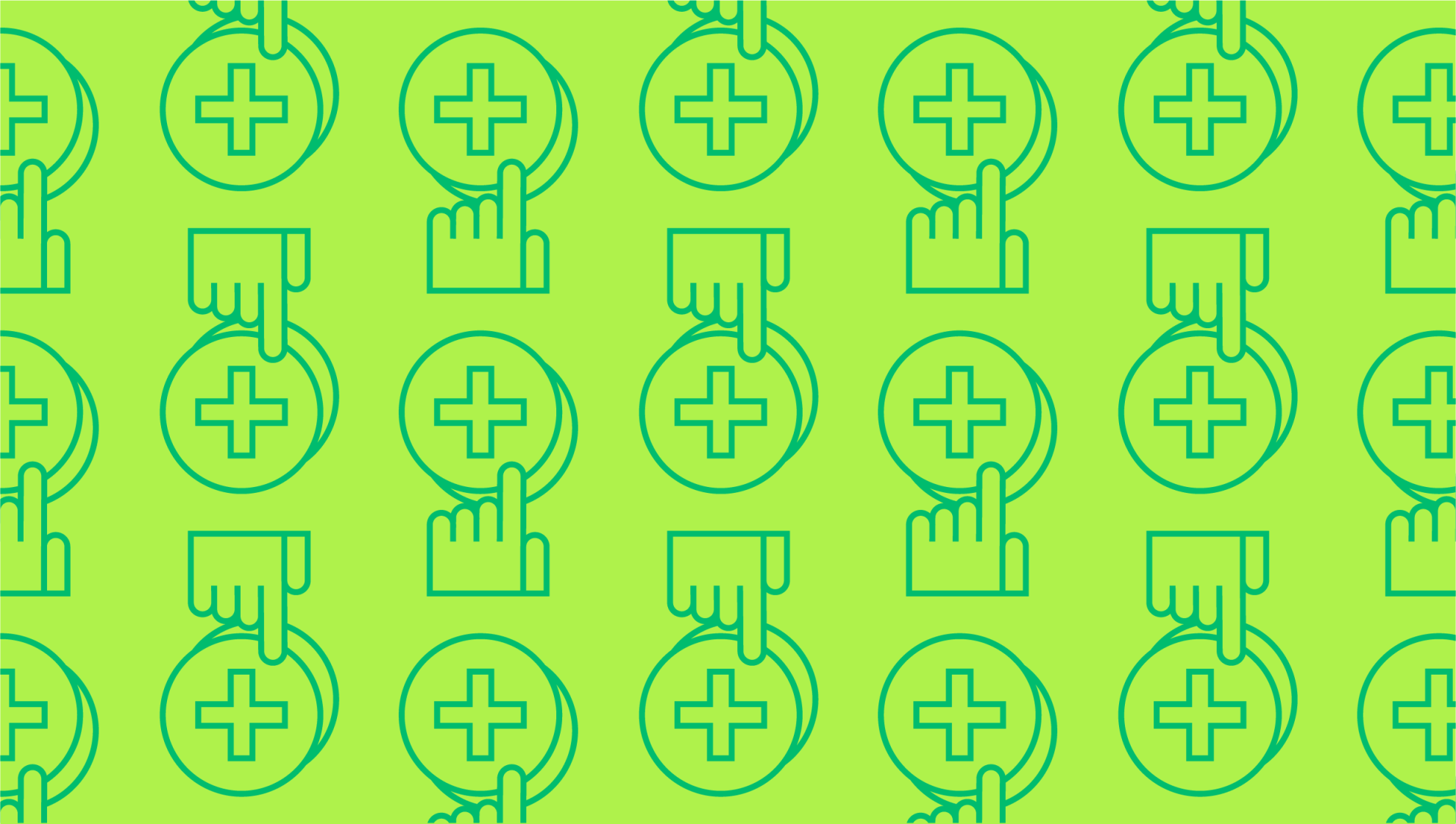
Product life cycle: definition, stages, and examples
Last editedMar 20213 min read
Understanding product life cycle management can help your business tighten its marketing focus with improved efficiency. Here’s a look at the product life cycle stages and how to use them to make better management decisions.
What is the product life cycle theory?
The product life cycle theory maintains that all products naturally go through four stages of market progression:
Introduction
Growth
Maturity
Decline
Some marketing professionals also include development as a beginning fifth stage of the product life cycle, but most focus on products that pass these early trials and make it to market.
The time spent at each stage will depend on the type of product sold. For example, new electronic devices cycle through these stages quite quickly in comparison to a kitchen appliance that’s meant to last for years.
Understanding the product life cycle stages can help you maximise returns at every level and know when it’s time to let go.
The four product life cycle stages
These product life cycle stages look at what happens to a product once it’s ready for market. In truth, many products never make it past the development stage.
1. Introduction
With the product fully developed, it’s ready to introduce to the market. At this first stage of the product life cycle, businesses must establish branding and grab attention. The market might be wary about the product’s uses or quality. This must be addressed with a solid product-market strategy to highlight strengths, building user trust. You might attract attention with special offers or discounts to entice consumers to try the new product. You’ll also need to find distribution models to get your product to market at this stage. Be prepared to budget for higher marketing costs at this stage than the others, potentially reaching out to investors for aid.
2. Growth
Once your product’s been introduced, it enters the growth stage of the product life cycle. This looks at ways to increase sales figures and distribution channels. Are there better ways to get your product to its target audience? Are there any complimentary services you could provide to boost sales? While the introductory stage focuses on marketing to a select core, at this stage you should be reaching out to a wider audience to grow your market share. Funding might still be provided by lenders or investors at this stage, although the product is beginning to increase sales revenue.
3. Maturity
By this point the product is well established and both production and marketing costs are reduced for greater profit. The danger here is that your audience will already be on the hunt for the next new and shiny thing, so you need to hold their attention by offering discounts, adding new features, and using incentives to increase customer loyalty. At this stage of marketing, promotions should focus on how your established, mature product is better than new products released by your competitors.
4. Decline
Finally, the product enters its natural period of decline. Whether the technology has become obsolete or it’s simply fallen out of fashion, you need to find ways to breathe new life into the product. This could include finding new uses or features, or slashing production to increase demand as it becomes rarer. In many cases, it makes the most financial sense to sell production rights or discontinue the product altogether.
Product life cycle examples
There are many brands that were once top of the high street and have since dwindled. They may have reached the natural end of the product life cycle, but in many cases there are products that could have lasted longer with better management.
Here are a few product life cycle examples:
The home entertainment industry is filled with examples at every stage of the product life cycle. For example, videocassettes are gone from the shelves. DVDs are in the decline stage, and flat-screen smart TVs are in the mature phase.
Nintendo is a good example of a company that manages its product life cycle well. You can still purchase Nintendo games originally released in the 1980s, because they’re continuously updated with the latest technology. In the last decade, Nintendo pivoted to a subscription model on the Switch console to match consumer trends.
Nintendo shows that with strong product life cycle management, businesses can stall their products in the mature stage of the cycle for as long as possible. To that end, established products like Starbucks coffee and Apple iPhones are examples of good product life cycle management as well. The product is constantly updated to make it feel fresh to consumers, beating the competition and postponing the transition to the decline stage of the life cycle.
We can help
GoCardless helps you automate payment collection, cutting down on the amount of admin your team needs to deal with when chasing invoices. Find out how GoCardless can help you with ad hoc payments or recurring payments.

